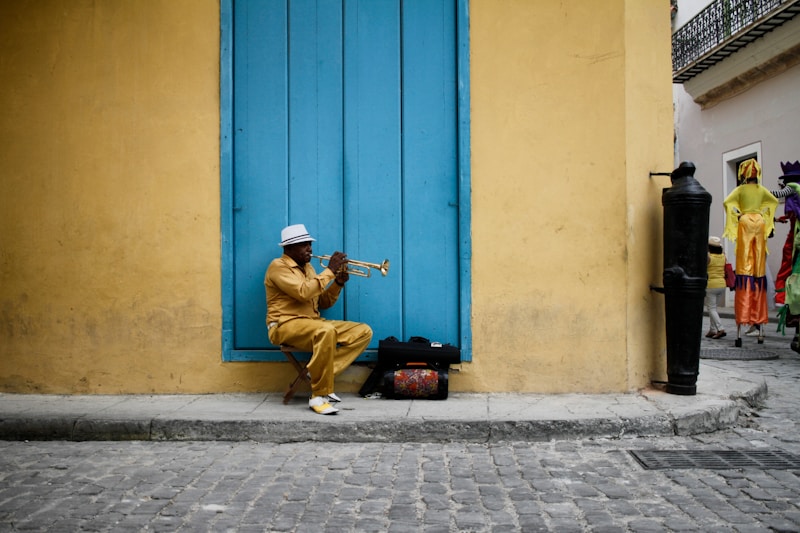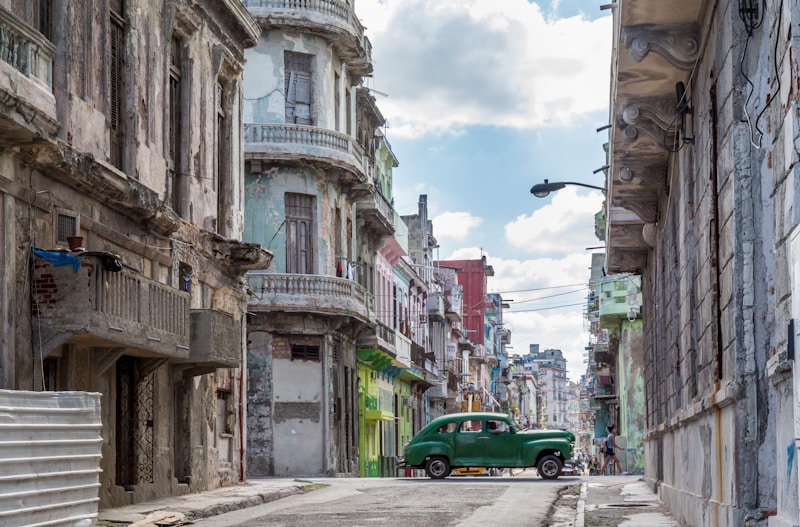9 Questions
What was the main reason for the USSR placing nuclear missiles in Cuba?
What was the US's response to the discovery of the missiles in Cuba?
What was the purpose of the Joint Chiefs of Staff's plan for dealing with the Cuban Missile Crisis?
Why did the US raise the readiness level of Strategic Air Command (SAC) forces to DEFCON 2 during the Cuban Missile Crisis?
What was the purpose of Khrushchev's long letter to the US during the Cuban Missile Crisis?
What was Castro's response to the discovery of the missiles in Cuba?
What was the US Navy's mistake during the Cuban Missile Crisis?
What was the outcome of the Cuban Missile Crisis?
What was the main reason for the US putting Jupiter nuclear missiles in Italy and Turkey in 1961?
Summary
The Cuban Missile Crisis of 1962 was a 35-day confrontation between the US and the Soviet Union, which escalated into an international crisis when American deployments of missiles in Italy and Turkey were matched by Soviet deployments of similar ballistic missiles in Cuba. An agreement was reached between Kennedy and Khrushchev after several days of tense negotiations, which resulted in the dismantling of Soviet offensive weapons in Cuba and the US dismantling all of the Jupiter MRBMs which had been deployed to Turkey against the Soviet Union. The US had put Jupiter nuclear missiles in Italy and Turkey in 1961. The Soviet administration was concerned about a Cuban drift towards China, with which the Soviets had an increasingly fractious relationship. The Cuban government regarded US imperialism as the primary explanation for the island's structural weaknesses. The US had provided arms, money, and its authority to the Batista dictatorship. The majority of the Cuban population had tired of the severe socioeconomic problems associated with the US domination of the country. The US government had developed a plan for paramilitary action against Cuba in December 1959, and the CIA recruited operatives on the island to carry out terrorism and sabotage, kill civilians, and cause economic damage. The US massively escalated its sponsorship of terrorism against the island following the failed Bay of Pigs Invasion in April 1961. The Soviet Union sent more SA-2 anti-aircraft missiles in April 1962, as well as a regiment of regular Soviet troops. Khrushchev faced a strategic situation in which the US was perceived to have a "splendid first strike" capability that put the Soviet Union at a huge disadvantage. In 1962, the Soviets had only 20 ICBMs capable of delivering nuclear warheads to the US from inside the Soviet Union. The missiles could hit American allies and most of Alaska from Soviet territory but not the contiguous United States.The Cuban Missile Crisis: How the USSR Secretly Placed Nuclear Missiles in Cuba
-
The USSR placed nuclear missiles in Cuba to protect Cuba from US attack and to level the playing field with the US's nuclear threat.
-
The missiles established mutual assured destruction, meaning that if the US launched a nuclear strike against the USSR, the latter would retaliate.
-
The USSR also wanted to show support for Cuba and the Cuban people who viewed the US as a threatening force.
-
Soviet military and missile construction specialists met with Fidel Castro in Havana and convinced him to accept the missiles.
-
The Soviets maintained tight secrecy, writing their plans longhand and giving misdirection to the troops involved in the mission.
-
The operation entailed elaborate denial and deception, known as "maskirovka".
-
The Soviets brought in 43,000 foreign troops and built nine sites for medium-range and intermediate-range ballistic missiles.
-
The US suspected the Soviets of building missile facilities in Cuba as early as August 1962.
-
The Cuban President warned the UN General Assembly that Cuba had "inevitable weapons" and the US Senate approved a resolution to prevent the creation of a military capability in Cuba threatening US security.
-
The US first obtained U-2 photographic evidence of the missiles on October 14, 1962, and President Kennedy convened a meeting of the National Security Council and key advisers the next day.
-
The USSR denied that the weapons being brought into Cuba were offensive in nature and repeatedly assured the US that only defensive weapons were being supplied.
-
The crisis became enmeshed in American politics as important Congressional elections were scheduled for November.The Cuban Missile Crisis: EXCOMM Responses and Operational Plans
-
The US had no plan in place for dealing with the Cuban Missile Crisis until the EXCOMM was formed.
-
The Joint Chiefs of Staff believed a full-scale attack and invasion was the only solution, but Kennedy was skeptical.
-
The military believed that the missiles would seriously alter the military balance, but McNamara disagreed.
-
The EXCOMM agreed that the missiles would affect the political balance and damage US credibility among its allies.
-
Kennedy met with Soviet Minister of Foreign Affairs Andrei Gromyko, who claimed the weapons were for defensive purposes only.
-
Two Operational Plans (OPLAN) were considered: OPLAN 316, a full invasion, and OPLAN 312, an Air Force and Navy carrier operation.
-
McNamara supported the naval blockade as a strong but limited military action that left the US in control.
-
A blockade was chosen as the plan of action, but reservations were voiced because the US could find itself bombing operational missiles if the blockade did not force Khrushchev to remove the missiles already on the island.
-
Kennedy delivered a nationwide televised address on all major networks announcing the discovery of the missiles.
-
The US requested an emergency meeting of the United Nations Security Council on October 25.
-
The US raised the readiness level of Strategic Air Command (SAC) forces to DEFCON 2.
-
Kennedy believed only an invasion would remove the missiles from Cuba, but he was persuaded to give the matter time and continue with both military and diplomatic pressure.The Cuban Missile Crisis: A Summary
-
The US exerted pressure on the Soviet Union during the Cuban Missile Crisis by threatening air strikes and invasion of Cuba.
-
Poorly phrased and ambiguous communications from the Soviet Union increased the United States' confidence and clarity in messaging.
-
Khrushchev sent a long letter to the US proposing a compromise to remove missiles from Cuba under UN supervision, which was followed by a contradictory message proposing a trade of missiles in Turkey and Italy for those in Cuba.
-
Castro sent a telegram to Khrushchev calling for a pre-emptive nuclear strike on the US in case of attack and ordered all anti-aircraft weapons in Cuba to fire on any US aircraft.
-
A U-2 aircraft piloted by Major Rudolf Anderson was shot down by an SA-2 missile from Cuba, leading to increased tension.
-
Emissaries sent by Kennedy and Khrushchev met to discuss a trade of missiles, but a new plan emerged to ignore the latest message and return to Khrushchev's earlier proposal.
-
The US delivered a letter to Khrushchev outlining the proposed compromise, but there was little expectation it would be accepted.
-
The US prepared military action, including air strikes on missile sites and other economic targets, and informed its NATO allies of the situation.
-
The US Navy dropped depth charges on a Soviet submarine, unaware that it was armed with a nuclear-tipped torpedo, leading to the captain's decision to launch it.
-
The crisis was averted when Khrushchev accepted the proposed compromise and agreed to remove missiles from Cuba under UN supervision.
Description
Test your knowledge of one of the most tense moments in modern history with our Cuban Missile Crisis quiz. Learn about the Soviet Union's secret placement of nuclear missiles in Cuba and the US government's response. Discover the role of the EXCOMM in developing operational plans, and the political and military pressures that made the crisis so complex. See if you can answer questions about the diplomatic negotiations, military actions, and near-catastrophic incidents that nearly led to nuclear war. Take our Cuban Missile Crisis quiz to


